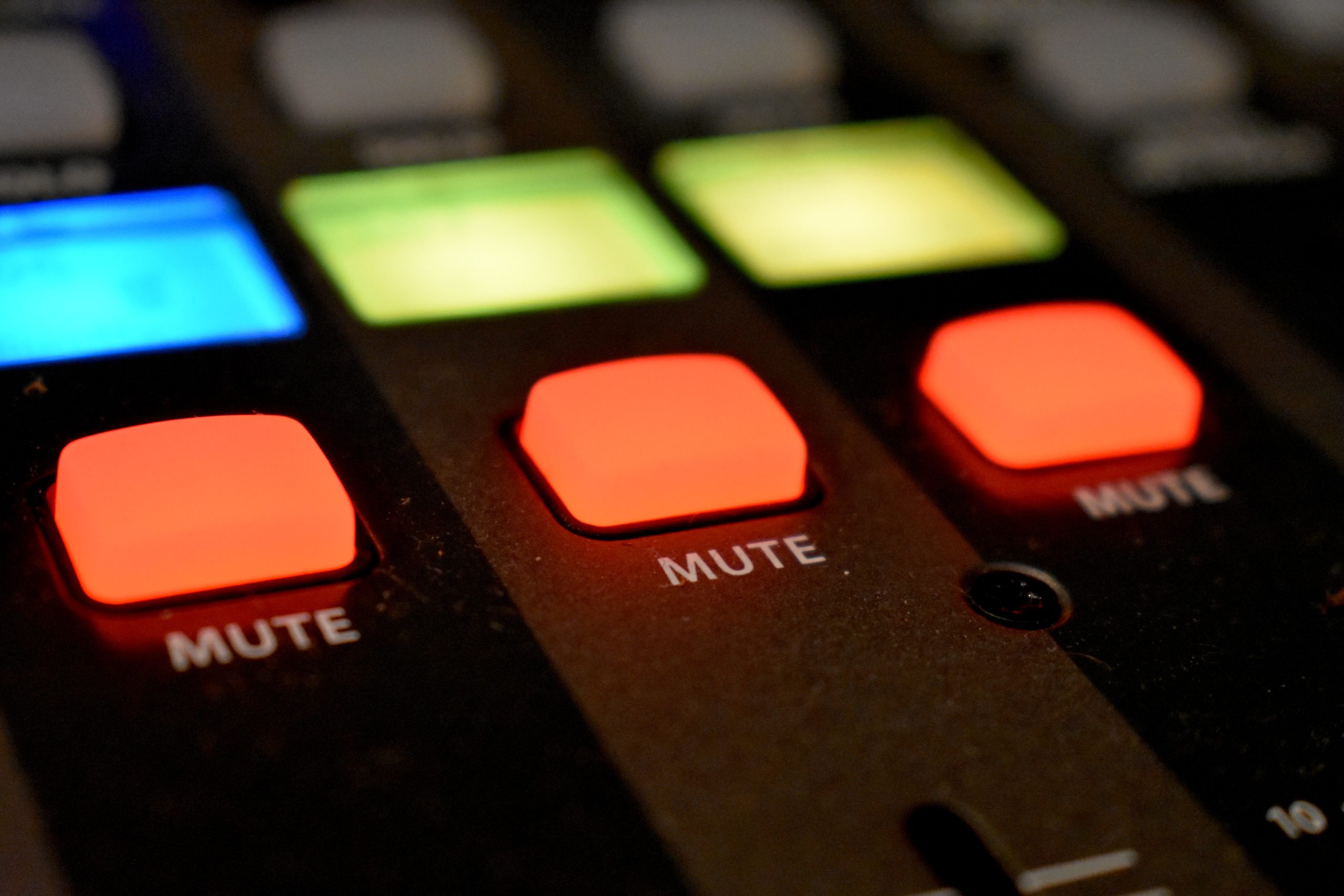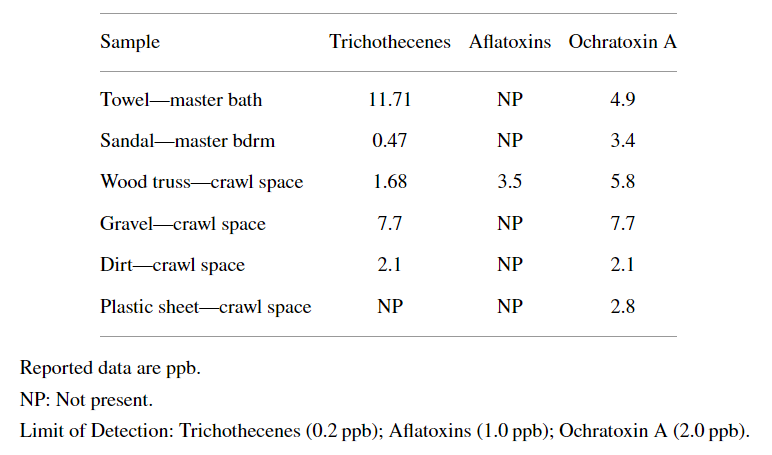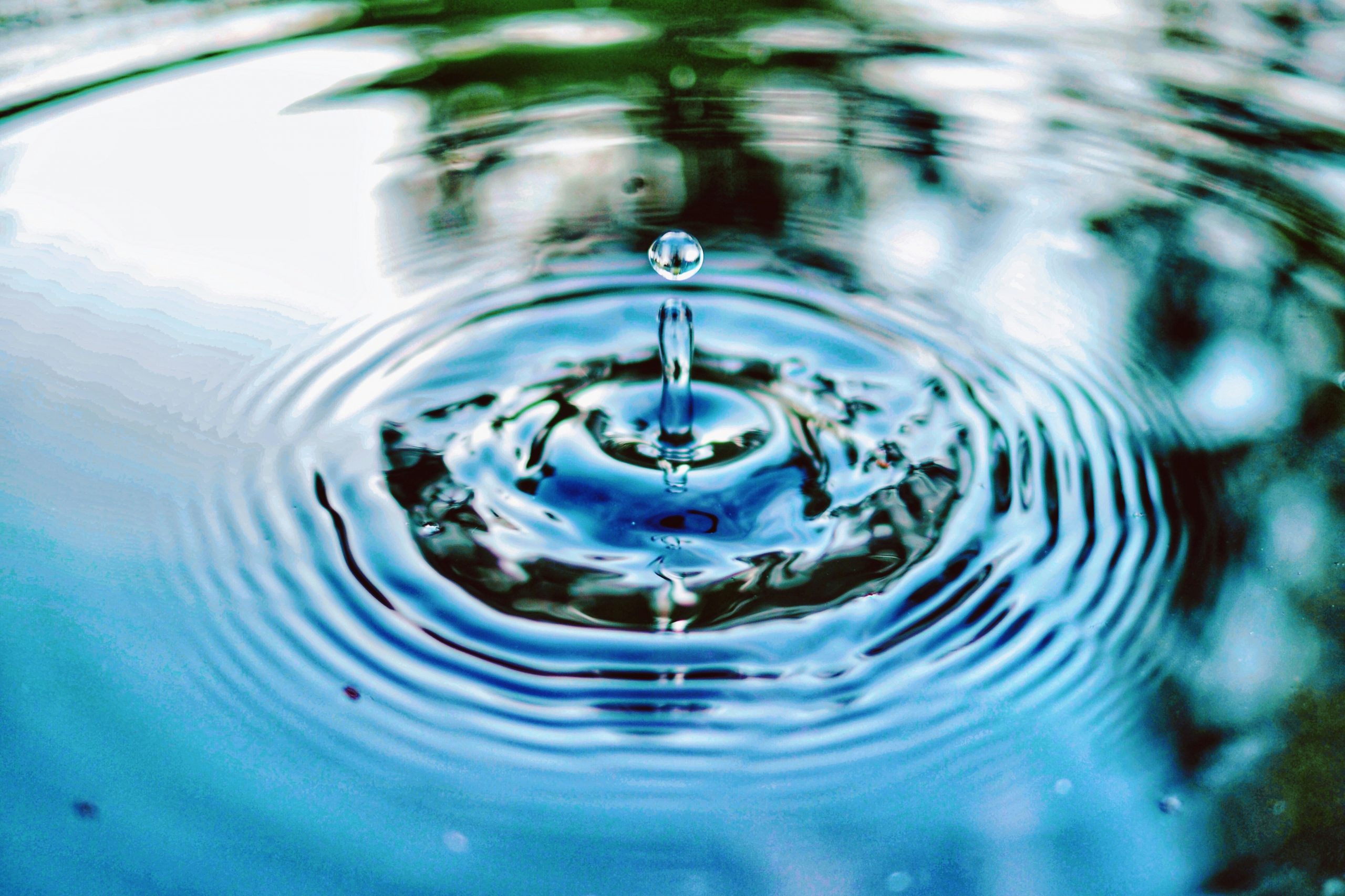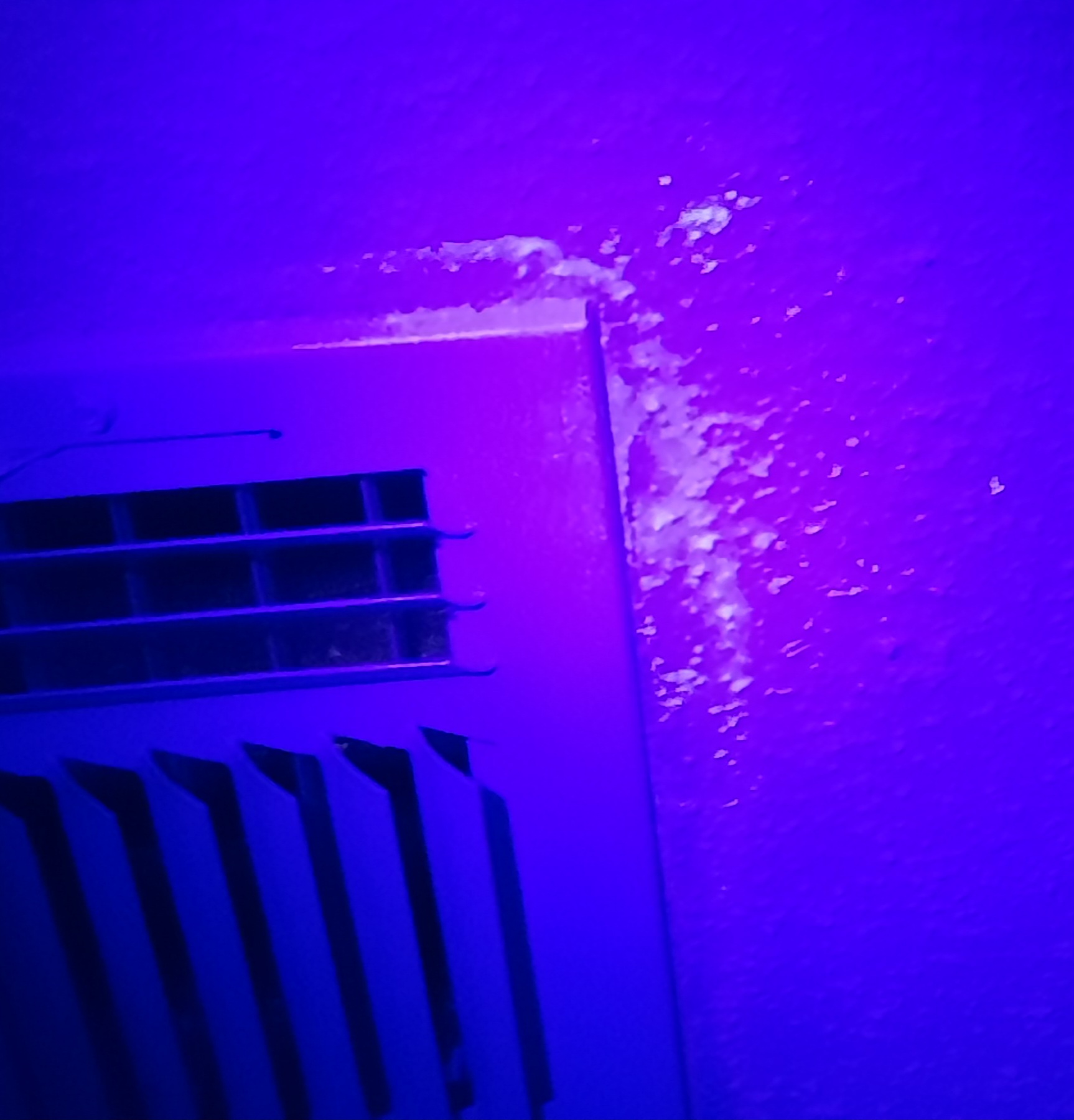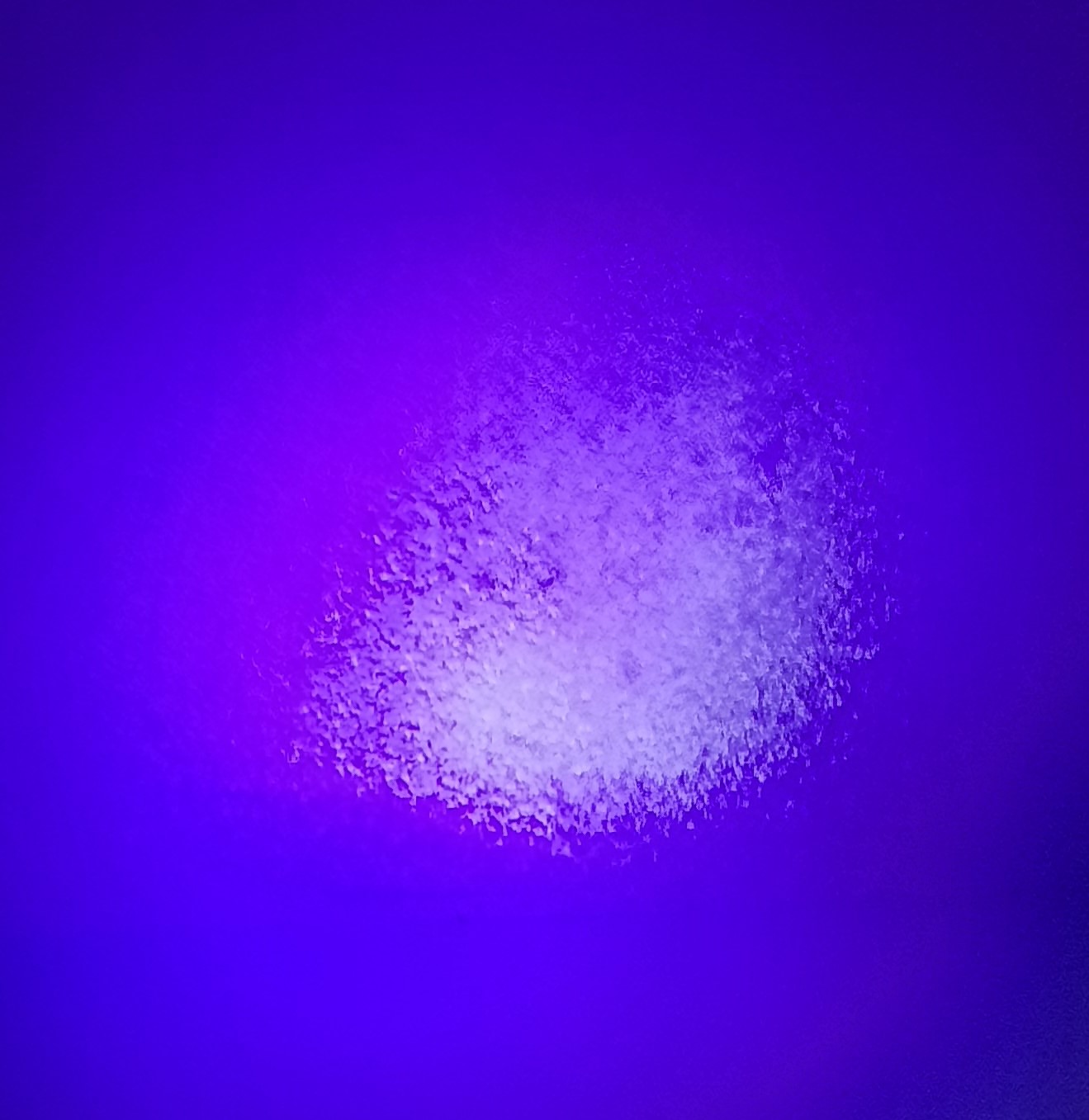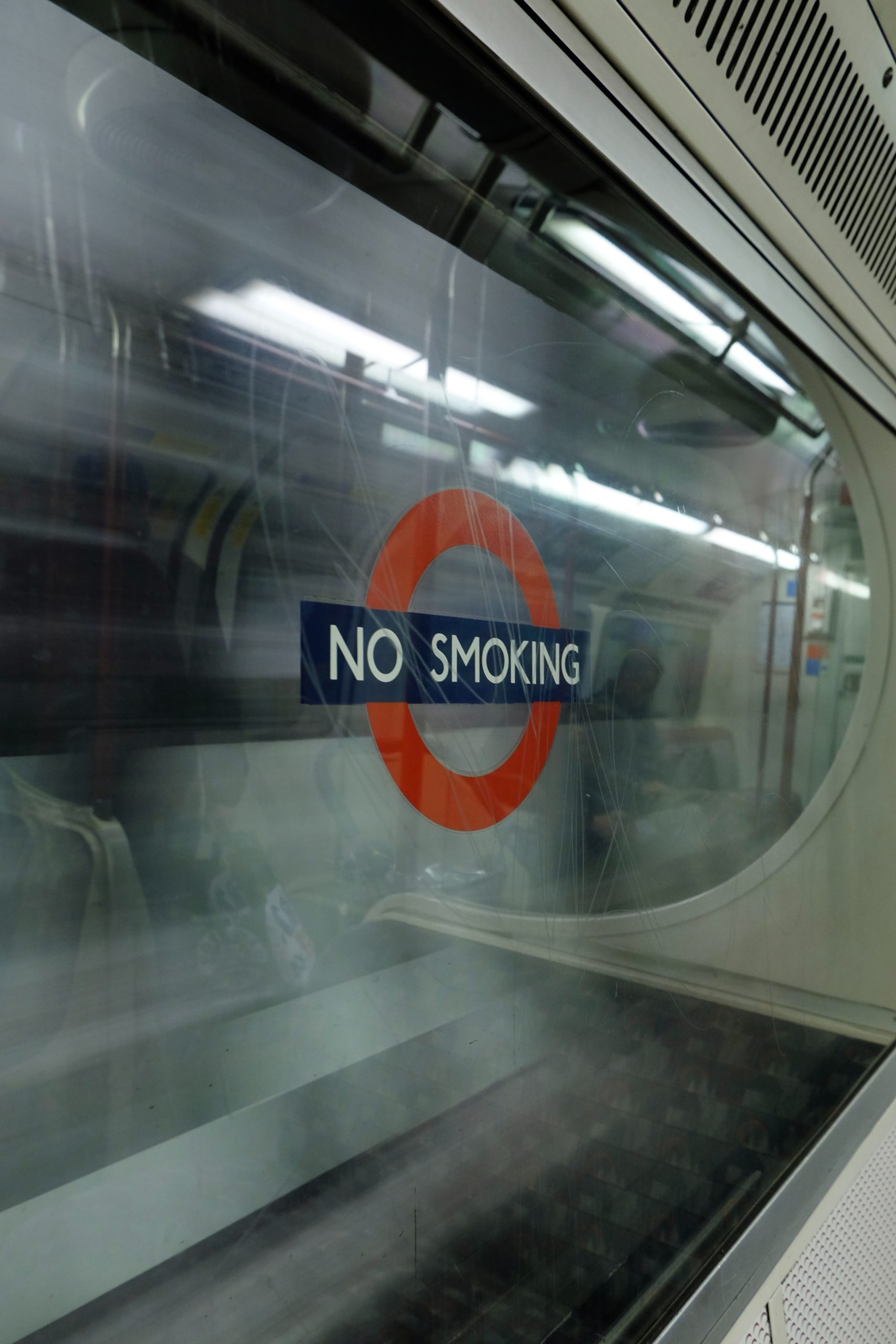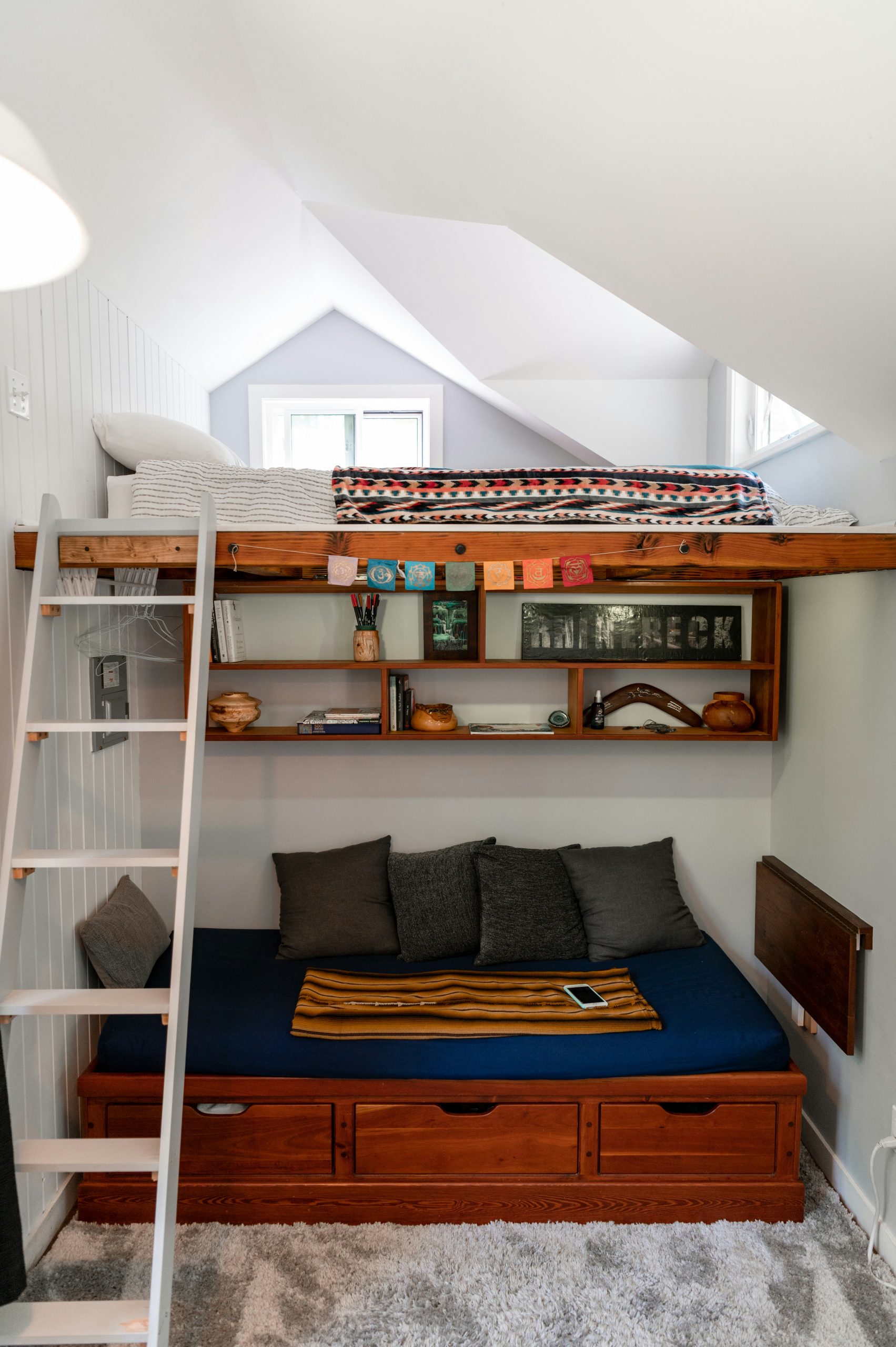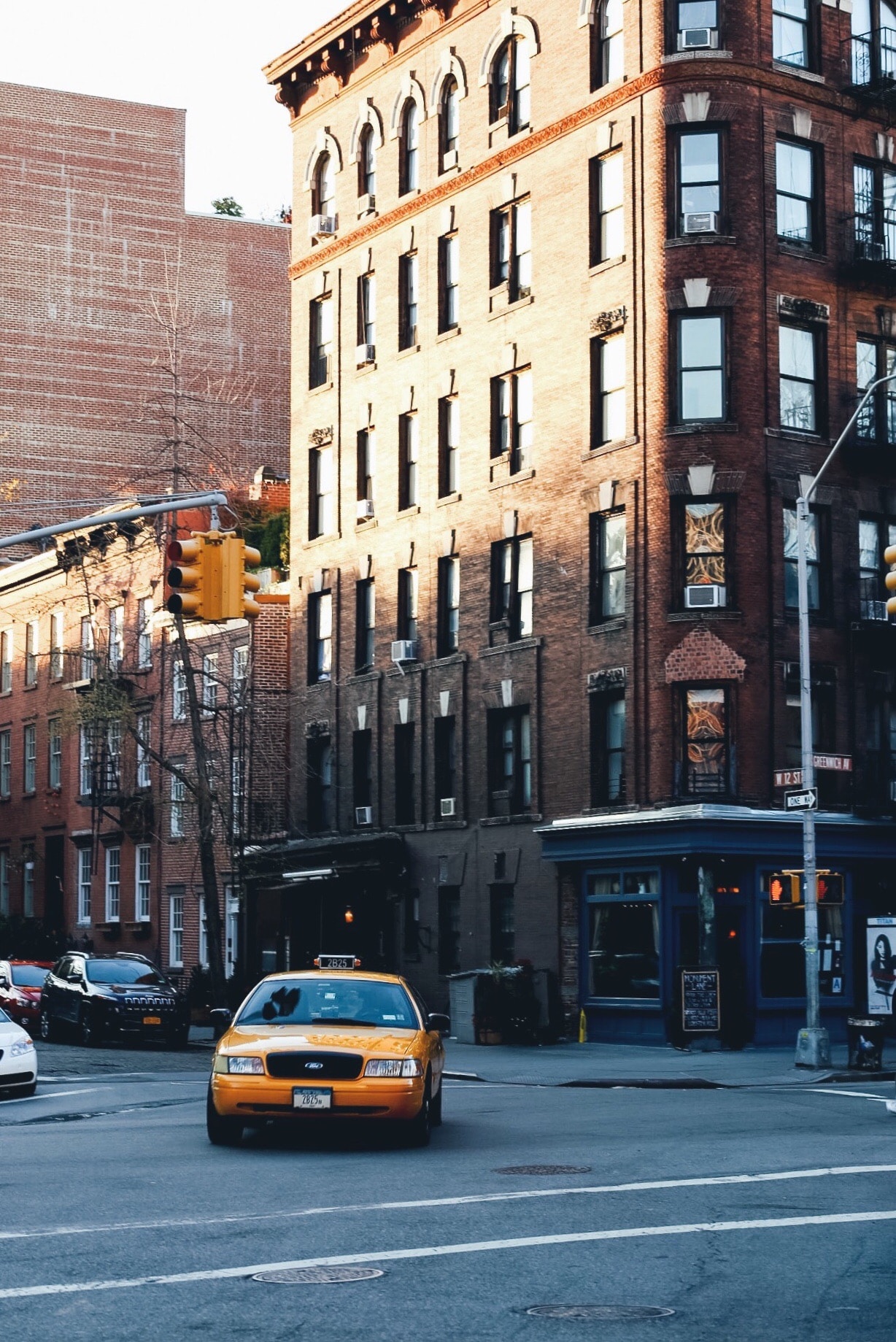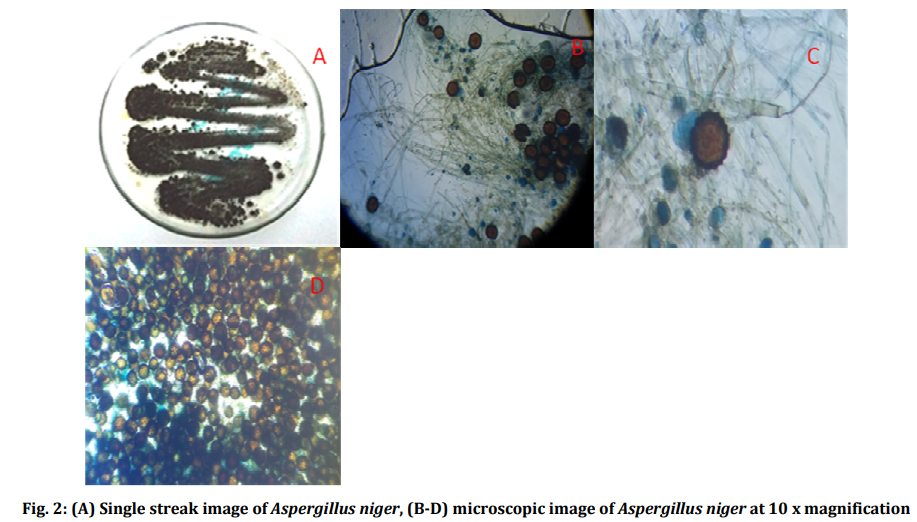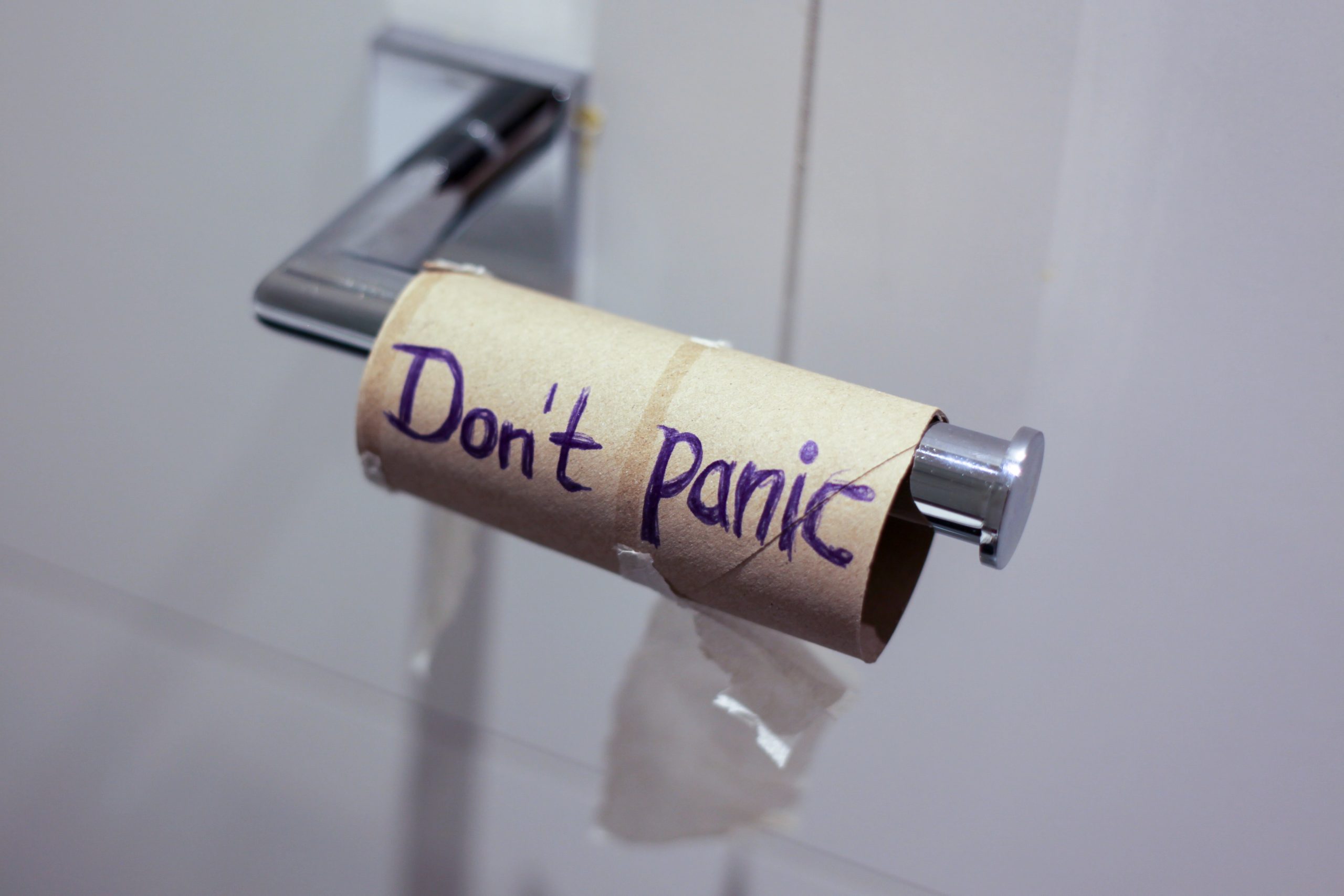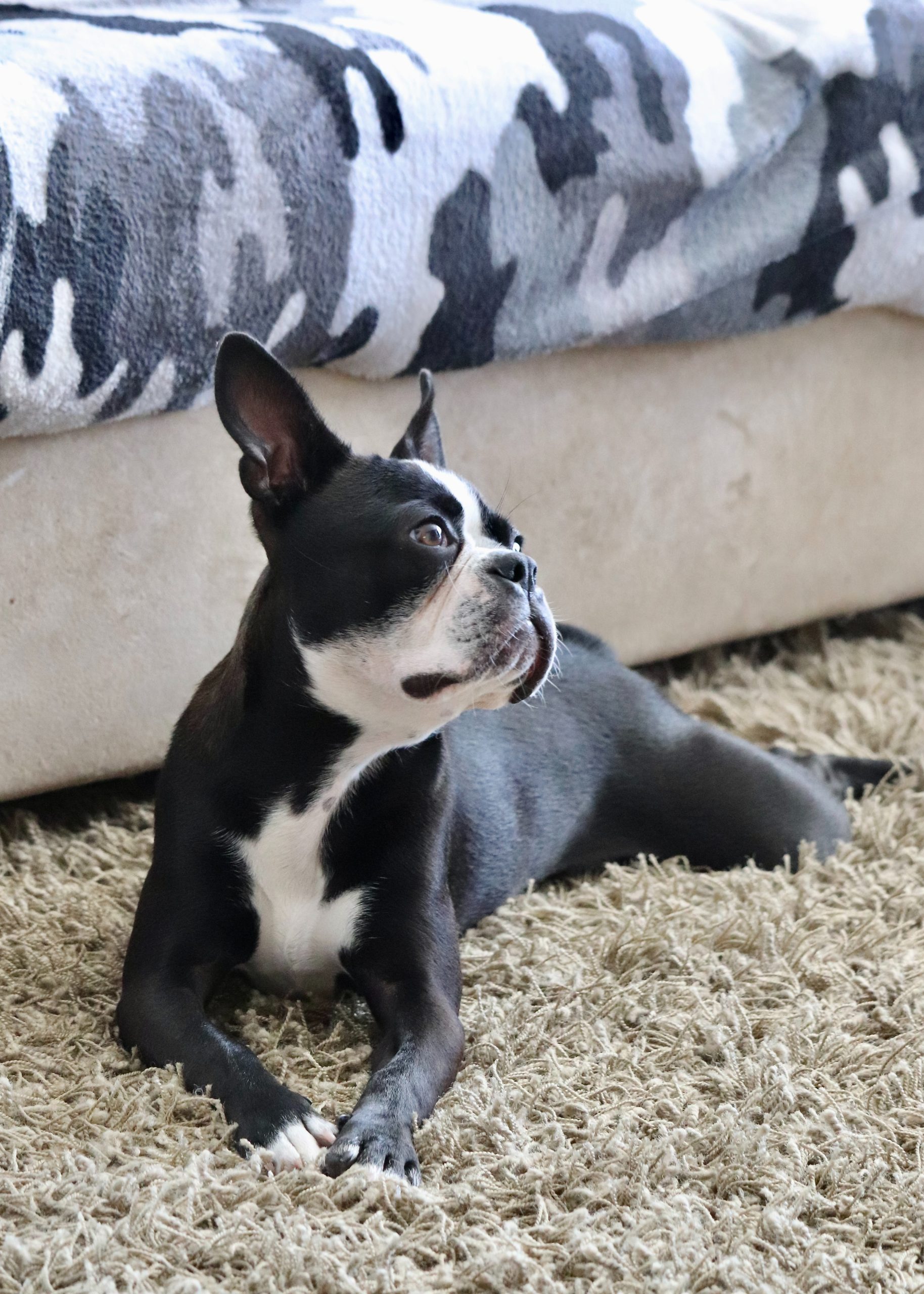Which is a healthier home habitat: the forest or the desert?
Which is a healthier home habitat: the forest or the desert?
Is it more healthy to live in or near a forest or a desert? Spoiler alert: we’re not going to call that decision. Each habitat has its advantages and disadvantages, so we’ll explore them to see which one is best for you.
You might think that these two climes are extremely opposite, but they do have (at least) one thing in common: trees! Granted, there are many more trees in forests, but trees in the desert can accomplish many of the same purposes. In a 2020 study, one particular type of tree found in Qatar (desert region), Acacia tortilis, was found to be the most efficient tree species for reducing air pollution, having good capacity to intercept storm water runoff, reducing energy consumption and reducing air pollution levels through dry deposition, avoiding further pollution formation and CO2 removal. Mature trees (with diameter greater than 45 inches) were much more efficient at accomplishing these goals than younger trees (diameter 10 inches).
According to the US Department of Agriculture (USDA), trees provide many benefits, including the ability to clean our atmospheric environment both directly underneath their canopies, and at a larger, regional scale. Because leaves transpire large amounts of moisture, trees have a cooling effect on the surrounding environment—like air conditioning. By cooling and cleansing the atmosphere, trees help to make air safer for breathing by plants, animals, and humans and have positive benefits on habitat. In fact, air quality underneath a closed tree canopy is often significantly better than above that tree canopy, especially for ozone—a common air pollutant that forms downwind of urban air pollution sources. On a regional scale, forests also scrub ozone and other nitrogen and sulfur-containing air pollutants out of the prevailing winds, protecting more sensitive areas. Healthy forests with large, widely-spaced trees also protect from wildfire smoke because pines and other fire-adapted trees with their thick, fire retardant bark better resist fire in all but the most extremely hot, dry, and windy conditions.
Interestingly, some trees contribute to ozone production, while others reduce it. This is because species like black locust, European oak and poplar intensively emit isoprene, which results in higher ozone and PM10 concentrations, while tree species emitting primarily monoterpenes such as beech, magnolia and wayfaring trees yield less of both. (Impact of vegetative emissions on urban ozone and biogenic secondary organic aerosol: Box model study for Berlin, Germany)
Another common denominator between forests and deserts is animals–whether they are domesticated or wild, contact with animals is more frequent in remote areas than in urban areas. There is also much research that shows how exposure to animals benefits us. In one study, the researchers recruited 2 groups of young men: 20 young men who were raised for the first 15 years of life on farms with farm animals, and a second group of 20 young men who were raised for the first 15 years of life in a city of over 100,000 people, without daily exposure to pets. Both groups were then given Trier Social Stress Test (TSST), a model of acute psychosocial stress in humans. The results revealed that those who grew up in cities without daily exposure to pets, and thus lacked exposure to diverse microbial environments during childhood, responded to psychosocial stress with exaggerated inflammation markers, (Less immune activation following social stress in rural vs. urban participants raised with regular or no animal contact, respectively)
Now, let’s talk about some specifics of each habitat.
Deserts
Although the stereotypical desert is hot, dry and sandy, only one of these words accurately describes every desert (dry). Most experts agree that a desert is an area of land that receives no more than 25 centimeters (10 inches) of precipitation a year. The amount of evaporation in a desert often greatly exceeds the annual rainfall. Surprisingly, areas near water can actually be deserts, because humidity in the air doesn’t predict or cause rainfall. The Atacama Desert, on the Pacific shores of Chile, is a coastal desert. Some areas of the Atacama are often covered by fog. But the region can go decades without rainfall. In fact, the Atacama Desert is the driest place on Earth, and some weather stations in the Atacama have never recorded a drop of rain. (Desert)
Low humidity is obviously a benefit to keeping mold from growing on outdoor or indoor surfaces, if air conditioning is not needed. Dryness would lead some to believe that mold could not be a problem in the desert. However, mold spores are present everywhere, and lack of home maintenance can allow even a small amount of rainfall to turn into a mold disaster. Mold can start growing undetected in attics, crawlspaces and walls during one of the infrequent rains, and can turn into a big problem whenever it is disturbed, such as during renovation or further deterioration. If air conditioning is used, it can generate mold problems when moist air (like from cooking or showering) hits cold air, or around the surfaces where cold condensate is produced.
Low humidity also means little to no mosquitoes and many other biting insects. Low pollution (when the wind is not kicking up dust) and warm weather can also be a positive for those who suffer from breathing problems like asthma.
One problem of low humidity is its effects on the human body (see our article). Dehydration can become evident in dry skin, hair and nails, respiratory system and through your whole body, affecting every major system. In addition, static electricity builds up in your clothing and furniture, which can hurt and damage electronics. Finally, dry air allows pathogens to stay afloat in the air for longer periods of time.
Most deserts have very little cloud cover and thus a lot of sunshine. This, for sure has its benefits and drawbacks; it can be the cure for Seasonal Affective Disorder (SAD) but also present higher risk for skin and eye damage and cancer. Exposure to UV sunlight was associated with lower systolic blood pressure (the first number in a blood pressure reading) regardless of the temperature. (Could sunshine lower blood pressure? Study offers enlightenment) In addition, sunlight assists your body in making vitamin D, which strengthens bones, and sunlight promotes collagen production in your connective tissue, which helps you move quickly. (7 Health Benefits of Living in the Desert)
The purifying power of sunlight should not be underestimated. Those who live in or near the desert can use the UV rays of sunlight to purify water, their laundry, and anything else they can bring outside for a good “freshening”.
One important disadvantage to desert life is dust. In fact, you don’t have to live in the desert to suffer from the effect of desert dust, because dust from deserts can be transported on the wind and even injected into the troposphere, allowing it to travel great distances (such as across the Atlantic Ocean in the case of Saharan dust). Dust clouds at surface levels bring particulate matter, coarse and fine, worsening air quality and posing respiratory or even cardiovascular risks.(What is desert dust and how does it change atmosphere and the air we breathe?) The danger of dust presents in two different ways: size of the particles and content of the particles. Particles that are approximately between 2.5 to 10 microns (PM10) are inhalable, but can be trapped and cleared from the upper respiratory tract. Particles less than 2.5 microns (PM2.5) can lung alveoli, entering the blood stream where they cause systemic harm to other organs in the human body. (A Retrospective Cohort Study of Military Deployment and Postdeployment Medical Encounters for Respiratory Conditions) Especially concerning is the class of particles less than 1.0microns (PM1.0), which are sure to enter directly into the bloodstream and may also cross the blood-brain barrier. The toxic content of dust can be pathogens such as bacteria, including some that carry respiratory diseases (Characterization of Bacteria on Aerosols From Dust Events in Dakar, Senegal, West Africa), and most importantly, a fungus Coccidioides which causes Valley Fever. It can also be bioreactive metals such as copper, chromium, nickel, lead and zinc, as well as pesticides, herbicides, radioactive particulates and aerosolized sewage (yuck!!). (Desert dust storms carry human-made toxic pollutants, and the health risk extends indoors)
Increased heat and low humidity also tends to decrease the number of negative ions in the air. Elevated negative air ion levels are widely reported to have beneficial effects on humans including enhanced feeling of relaxation, and reduced tiredness, stress levels, irritability, depression, and tenseness. Depleted ion levels and enhanced positive ion levels are reported to have no effect, or deleterious effects. (Air Ion Effects)
The study of how gasses in the earth’s atmosphere react with each other is very complex. For example, it’s been shown that desert soil releases nitrogen species gasses into the air. The release of NOx from desert soil and subsequent effective oxidation in the atmosphere indicates that the desert ecosystem is an important area for ozone production. This has been manifested by higher ozone in the desert air than the regional background from many observations (Güsten et al., 1996; Hoffer et al., 1982). (Active Nitrogen Cycle Driven by Solar Radiation in Clean Desert Air) Thus, higher levels of ozone in the desert could make it unhealthy for sensitive individuals. These could become particularly high after rains, when microbes in the soil emit N2O (nitrous oxide, also known as laughing gas). (Following rain, desert microbes exhale potent greenhouse gas) In addition, it’s been shown that “stratospheric intrusions” (ozone-rich air descending from the stratosphere during spring storms) can also capture ozone created by pollution from Asia as they descend and transport it to desert areas of the southwest. Particularly in the area of Las Vegas, these can create short episodes of high ozone that exceed federal air quality standards without factoring in local pollution. (Background ozone burdens Las Vegas’ air quality in spring)
The other side of the coin is that in some areas of the world (like Atacama and Sechura deserts in Chile and Peru), dust from deserts can contain significant iodine, which actually destroys ozone. (Iodine in Desert Dust Destroys Ozone) Therefore, the mineral makeup of the soil in deserts is very important in characterizing what’s in the air.
Living in/near the Forest
“Forest bathing” is a Japanese term that emerged during the 1980’s as an antidote to tech burnout: it’s being calm and quiet amongst the trees, observing nature around you whilst breathing deeply can help both adults and children de-stress and boost health and wellbeing in a natural way. (How to start forest bathing) If you regularly spend quiet time in the outdoors, perhaps you are already aware of its benefits: lower blood pressure, heart rate, and levels of harmful hormones like cortisol. (Forest bathing: What it is and why you should try it)
What is in the air of forests?
Phytoncides are aromatic compounds from plants which can increase your number and activity of natural killer cells, a type of white blood cell that supports the immune system and is linked with a lower risk of cancer. These cells are also believed to be important in fighting infections and inflammation, a common marker of disease. In one study, researchers found that people who took a long walk through a forest for two days in a row increased their natural killer cells by 50% and the activity of these cells by 56%. Those activity levels also remained 23% higher than usual for the month following those walks. (Why Spring Is the Perfect Time to Take Your Workout Outdoors)
Hinoki cypress, cedar, oak, pine and spruce are just some of the trees to release phytoncides (aromatic compounds), which include alpha-pinene and d-limonene. Although these are actually VOCs, they are termed biogenic VOCs (BVOCs) because they are naturally made, unlike chemical VOCs that are manufactured. Pinene and limonene are monoterpenes, which global annual emissions amount to 330–480 million tons. When visiting a forest, monoterpene VOCs such as limonene and pinene are mainly absorbed through inhalation, their blood levels rapidly rise after exposure, and they are mostly eliminated unchanged both in exhaled air and in the urine. The tree composition can markedly influence the concentration of specific VOCs in the forest air. Although essential oils do contain BVOCs, not all BVOCs are present in essential oils, and some molecules included in essential oils are not part of the BVOC molecular suite but are rather artifacts of distillation. (Forest Volatile Organic Compounds and Their Effects on Human Health: A State-of-the-Art Review)
Some other benefits of forest living are:
Humidity: in moderate amounts, humidity is good for the skin and respiratory system,
Cooling effect: trees cool air through evapotranspiration. As trees transpire, they release water into the atmosphere through their leaves. As the water changes state from liquid to vapor, the surrounding air is cooled, similar to how we sweat.
Particulate matter capture: Forests can improve public health greatly by catching dust, ash, pollen and smoke on their leaves, keeping it out of our lungs.
Trees are sinks for other harmful pollutants, such as nitrogen oxides, ammonia and ozone, which can all cause respiratory problems from repeated exposure. (The Important Relationship between Forests and Air)
Healthy forest air includes bacteria, fungal spores, plant and animal particles and pollen, which may have good and bad effects. Good effects of exposure to these include desensitization to allergies (exposure therapy), and certain bacteria, like Mycobacterium vaccae (a bacteria strain that lives in soil), which can stimulate serotonin production, and can make you feel relaxed and happier, as well as reduce inflammatory responses to stress. According to Dr. Christopher Lowry, “Surprisingly, when adults engage in soil-mixing activities for ten minutes with soil that is ‘spiked’ with M. vaccae ATCC 15483, there is a rapid alteration in brain activity within the occipital cortex and alteration in the plasma metabolome, relative to soil that is not spiked with M. vaccae ATCC 15483 [35]; this suggests that exposures to mycobacteria not only have long-term immunoregulatory effects but also alter physiology and neurophysiology within minutes. Perhaps we all really should spend more time playing in the dirt.”
Ions: That “fresh air” feeling in the forest also comes from higher than normal presence of ions. Negative air ions (NAIs) are an important indicator of air quality, and are significant for the evaluation of air conditions. In a 2020 study of a scenic area in China, negative air ions were present in forested areas approximately 3.2-3.4 times over the numbers in open areas or the lake. (For more information on the cleansing power of ions, read our post here!)
And the cons of forest living:
Humidity: many forests are high in humidity, which can promote mold growth. Without dehumidification in a home, it would be difficult to live in many forested areas because of mold growth.
Radon: Trees are sources, sinks, and conduits for gas exchange between the atmosphere and soil, so radon, a product of uranium decay in the soil, is naturally expired by trees along with other gasses. Although radon accumulation in homes through their foundation (the rocks and soil below the foundation) is most concerning, emission of radon by trees will cause a forest to have a higher level of radon than unforested areas, because radon is approximately 7.5 times heavier than air, so that living in or near the forest may increase the ambient level of radon outside the home depending on winds. There are two units of measurement for radon, picocuries per liter, and becquerels per cubic meter. According to a 2015 study in Brazil, radon concentrations as high as 40 kBq/m3 (40,000 Bq/m3) were found in a national forest. The EPA recommends that homeowners take action to lower radon levels in their homes if there is a level above 2 pCi/L. Since one pCi/L is equivalent to 37 Bq/m3, the measurement in the Brazilian forest showed 1,081 pCi/L, or 250 times the upper limit of radon recommended by the EPA! Thus, the study rightly inferred that “the results indicated considerable radon hazard for human occupation in the neighborhood.”
Overall, the desert and the forest are two vastly different climates, yet each have potential for healthy lifestyles for those who can live further away from urban areas. From forest bathing to hiking to biking, there are plenty of ways that each environment offers us to connect with nature and take in its natural health benefits.
Photo by Damian Markutt on Unsplash



